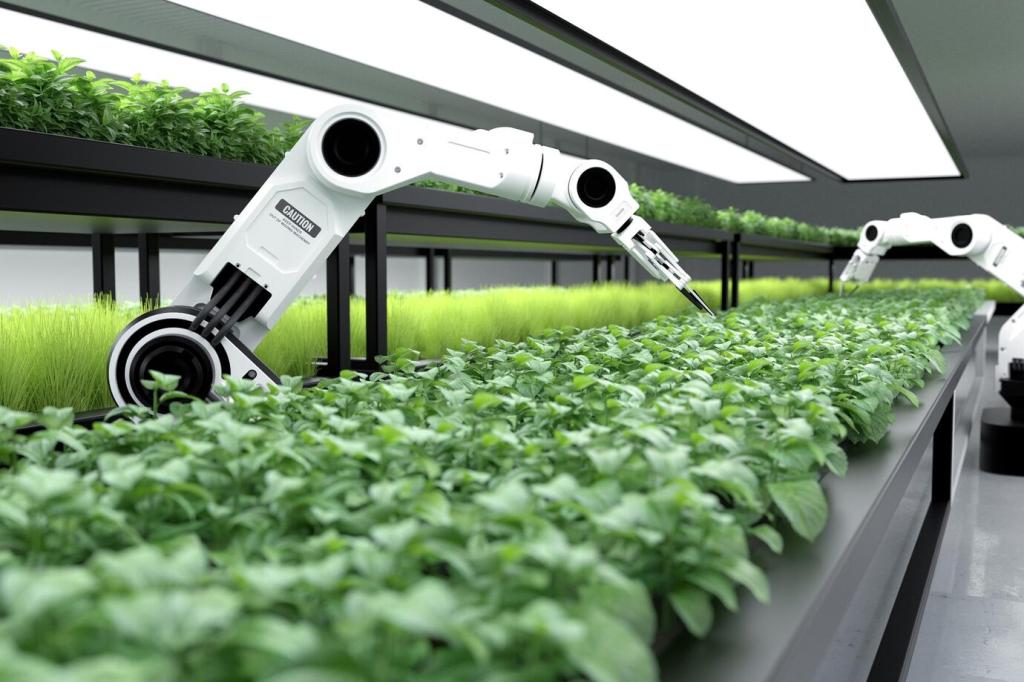Regenerative Agriculture and Water Stewardship
Models combining weather forecasts, satellite evapotranspiration, and soil sensors recommend exactly when and where to water. Farms report healthier crops, lower energy bills, and fewer nutrient losses into nearby waterways.
Regenerative Agriculture and Water Stewardship
Computer vision and spectral data estimate organic matter and compaction without expensive lab tests. By tracking soil health over time, growers can tailor cover crops and tillage to restore living ecosystems.







